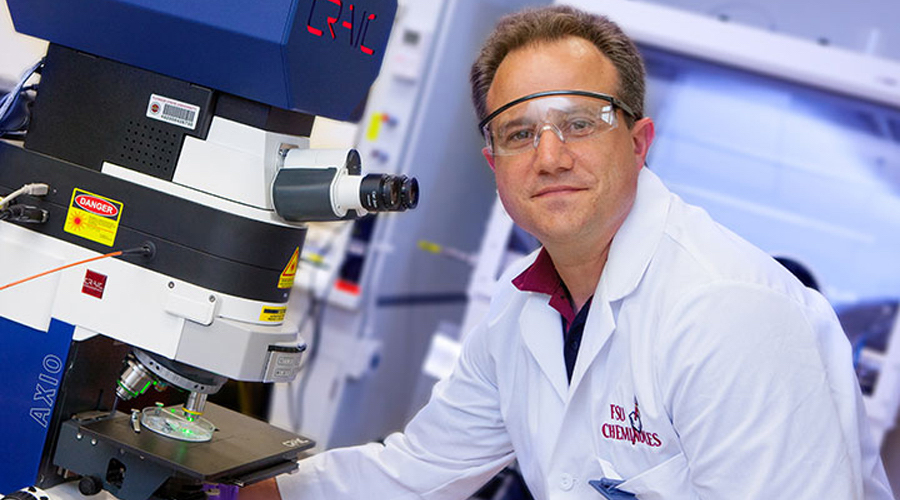Scientists take baby-step towards better storage, recycling of nuclear fuel

Researchers have demonstrated that curium can be manipulated to a degree where it may pave the way for new strategies to recycle nuclear fuel and improve the long-term storage of radioactive elements.
Curium is element 96 in the periodic table, one of the heaviest known to date and also one of the last that can be seen with the naked eye.
In a paper published in the journal Nature, a team of scientists from Florida State University, the University at Buffalo and Aachen University explain that the behaviour of curium’s outer electrons can be altered by shortening the distance between it and surrounding lighter atoms.

To achieve this, the researchers applied high pressure by squeezing a sample of the element between two diamonds.
“This was not anticipated because the chemistry of curium makes it resistant to these types of changes,” Thomas Albrecht-Schmitt, senior author of the study and a professor at Florida State University, said in a media statement. “In short, it is quite inert.”
In their study, Albrecht-Schmitt and his colleagues explain that the curium(3+) ion they studied has a half-filled outer electron shell that is very difficult to engage in chemical bonding. However, an integrated experimental and theoretical approach showed that the application of high pressure to a crystal containing curium(3+), along with sulphur-organic and ammonium ions, causes the outer shell of curium to participate in covalent chemical bonding with sulphur. This finding may help guide new ways of studying the mysterious behaviour of chemically resistant actinide shells.
According to the researchers, a greater understanding of heavier elements opens the door to additional strategies to control chemical separation used in nuclear recycling and in designing resilient materials for long-term storage of radioactive elements. Thus, they believe the results they achieved related to curium will translate to other heavy elements as well.
{{ commodity.name }}
{{ post.title }}
{{ post.date }}

Comments